Mercedes-Benz Repair Standards: Camera Alignment for Precision Sensors

Mercedes-Benz repair standards require precise alignments and quality work, especially for auto glas…….
Welcome to an in-depth exploration of the intricate world of Mercedes-Benz repair standards—a set of guidelines that has revolutionized the automotive industry’s approach to vehicle maintenance and repair. In today’s fast-paced, technology-driven landscape, understanding these standards is crucial for car enthusiasts, mechanics, policymakers, and businesses alike. This article aims to unravel the complexities of Mercedes-Benz repair standards, shedding light on their history, global impact, economic implications, technological innovations, regulatory framework, and future trajectory. By delving into these aspects, we will provide a comprehensive understanding of why these standards matter and how they shape the automotive sector.
Definition: Mercedes-Benz repair standards refer to a comprehensive set of guidelines, protocols, and specifications developed by Daimler AG (the parent company of Mercedes-Benz) to ensure the highest quality and safety in the repair and maintenance of its vehicles. These standards cover various aspects, including technical procedures, part replacement criteria, diagnostic techniques, and customer service expectations.
Core Components:
Historical Context:
Mercedes-Benz repair standards have evolved over decades, reflecting the brand’s commitment to innovation and quality. In the early 1900s, as Mercedes-Benz vehicles gained popularity, the company recognized the need for standardized repair procedures to maintain its reputation for excellence. Over time, these standards became more sophisticated, incorporating advancements in automotive technology and safety regulations.
In the late 20th century, with the rise of computerization and diagnostics, Mercedes-Benz introduced digital repair manuals and training programs to keep up with these changes. The early 21st century saw a focus on environmental sustainability, leading to standards that promote eco-friendly disposal methods for vehicle parts and fluids. Today, these standards are continuously updated to incorporate new technologies, such as electric and autonomous driving systems.
Mercedes-Benz repair standards have left an indelible mark on the global automotive landscape, influencing repair practices and raising the bar for quality and safety worldwide. Here’s how:
Standardization: The brand’s standards promote standardization across different regions, ensuring that Mercedes-Benz vehicles receive consistent repairs regardless of their location. This is particularly beneficial for international businesses and travelers who can rely on these standards when servicing their vehicles abroad.
Quality Assurance: By setting rigorous criteria for part replacements and diagnostic procedures, these standards guarantee that Mercedes-Benz vehicles undergo reliable and high-quality repairs, enhancing customer satisfaction and safety.
Global Adoption: Many countries have adopted or adapted these standards due to their proven effectiveness. For instance, European Union (EU) regulations often align with Mercedes-Benz practices, ensuring consistent vehicle maintenance across member states.
Regional Variations: While the core principles remain consistent, there are regional adaptations to accommodate local market needs and legal requirements. For example, repair standards in North America might differ slightly from those in Europe or Asia due to varying environmental regulations and consumer preferences.
The economic implications of Mercedes-Benz repair standards are far-reaching, impacting both the automotive industry and the broader economy.
Market Dynamics:
| Region | Market Trends |
|---|---|
| North America | Increasing demand for electric vehicle (EV) repairs as adoption rates rise. Service centers investing in specialized EV training and tools. |
| Europe | Stricter emission regulations driving the need for advanced diagnostic equipment and eco-friendly repair practices. |
| Asia-Pacific | Rapid urbanization leading to higher vehicle ownership, putting pressure on service centers to deliver efficient and cost-effective repairs. |
Investment Patterns:
Mercedes-Benz repair standards have been a catalyst for technological advancements in the automotive industry, pushing the boundaries of what is possible in vehicle maintenance. Some significant developments include:
Key policies and regulations play a pivotal role in defining and influencing Mercedes-Benz repair standards globally.
Despite its numerous benefits, the Mercedes-Benz repair standard system is not without challenges and criticisms. Addressing these issues is crucial for maintaining and improving these standards.
Challenges:
Proposed Solutions:
Let’s explore a few case studies to gain practical insights into the successful implementation of Mercedes-Benz repair standards.
Case 1: German Auto Repair Network (GARN)
GARN is a network of independent auto repair shops in Germany that adopted Mercedes-Benz repair standards, achieving remarkable results. By standardizing procedures and training, they reduced repair times by 20% while maintaining or improving vehicle performance. This case highlights the benefits of standardization for efficiency and customer satisfaction.
Key Takeaways:
Case 2: Japanese EV Repair Initiative
In Japan, as the adoption of electric vehicles (EVs) grew, repair shops faced challenges in servicing these new vehicles due to their complex electronic systems. In response, industry bodies and manufacturers collaborated to develop Mercedes-Benz-inspired standards for EV repairs, ensuring qualified technicians and reliable service.
Impact:
Looking ahead, the Mercedes-Benz repair standard system is poised for exciting developments as the automotive landscape evolves.
Potential Growth Areas:
Emerging Trends:
Strategic Considerations:
Mercedes-Benz repair standards have evolved into a comprehensive global framework that sets the bar for vehicle maintenance and repair excellence. Its impact is far-reaching, influencing industry practices, economic systems, and technological advancements worldwide. By addressing challenges, embracing new technologies, and fostering collaboration, these standards will continue to shape the future of automotive repairs.
As we move forward, the continuous evolution of these standards will ensure that Mercedes-Benz vehicles receive the highest level of care, contributing to safer, more efficient, and environmentally sustainable transportation. The story of Mercedes-Benz repair standards is a testament to the power of innovation, standardization, and quality in transforming industries.
Q1: Are Mercedes-Benz repair standards mandatory for all service centers?
A: While these standards provide a framework, their adoption is not mandatory worldwide. However, many countries and regions have incorporated or adapted them into local regulations, making compliance necessary for businesses operating within those jurisdictions.
Q2: How do I know if my local mechanic follows Mercedes-Benz repair standards?
A: You can inquire directly from the service center about their training programs and adherence to industry standards. Reputable shops will be transparent and happy to discuss their practices. Online reviews and recommendations from trusted sources can also provide insights.
Q3: Will the future see a complete shift towards fully autonomous vehicle repairs?
A: While autonomous vehicles are indeed transforming the automotive landscape, full autonomy in repairs is still a ways off. Human mechanics will likely continue to play a critical role, especially for complex tasks and diagnostics. However, remote support systems and automated tasks will become more prevalent.
Q4: How do environmental considerations impact Mercedes-Benz repair standards?
A: Environmental regulations are a significant driver of these standards, particularly in emission control and sustainable practices. The use of eco-friendly materials, efficient diagnostic tools, and environmentally conscious disposal methods are all part of the evolving standards to meet global sustainability goals.

Mercedes-Benz repair standards require precise alignments and quality work, especially for auto glas…….
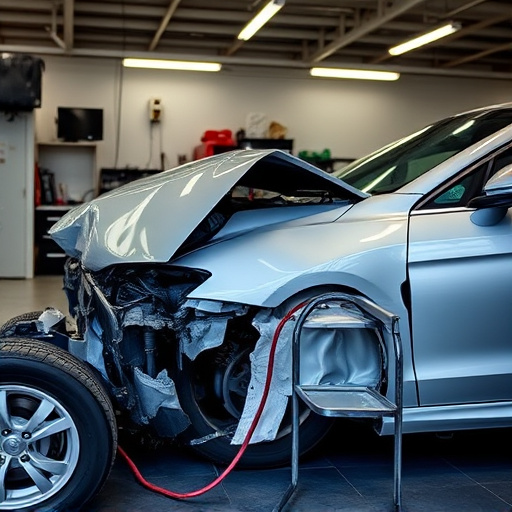
Mercedes-Benz repair standards globally ensure consistent vehicle restoration quality via stringent…….
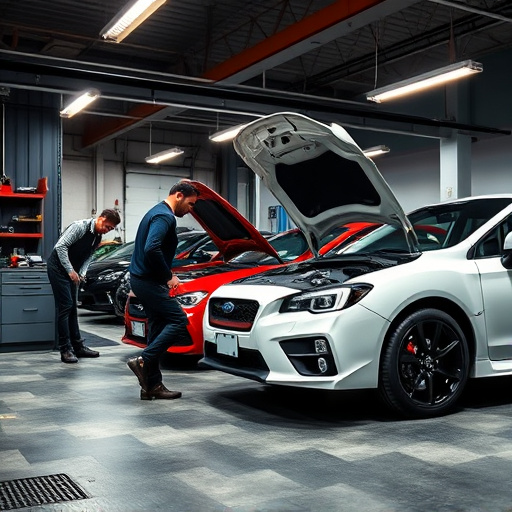
Mercedes-Benz maintains stringent repair standards for its AMG models, emphasizing meticulous attent…….

Mercedes-Benz repair standards set global benchmarks for quality and precision in auto collision cen…….

Mercedes-Benz repair standards demand precision and adherence to modern technologies like cameras an…….
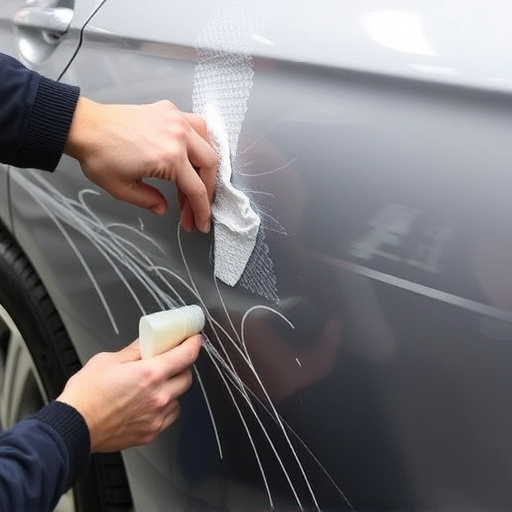
Mercedes-Benz repair standards emphasize excellence and safety, ensuring vehicles maintain superior…….
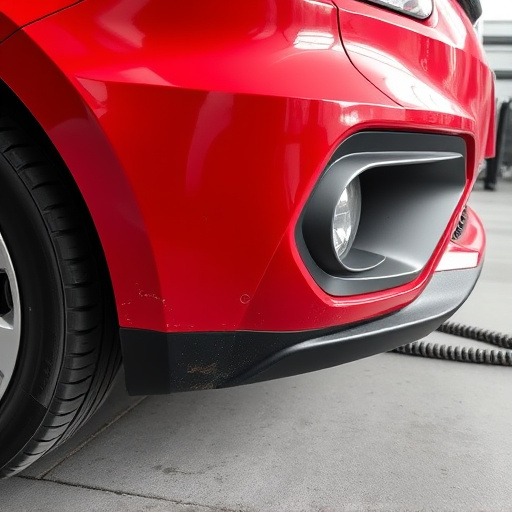
Mercedes-Benz sets high repair standards with a focus on quality, safety, and genuine OEM parts. The…….
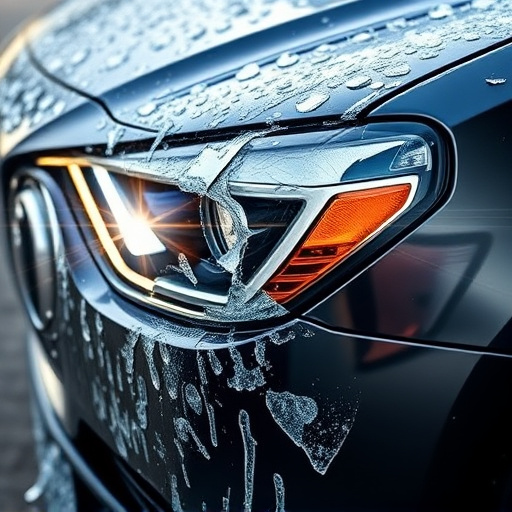
Mercedes-Benz vehicles prioritize safety and luxury, backed by strict repair standards covering all…….
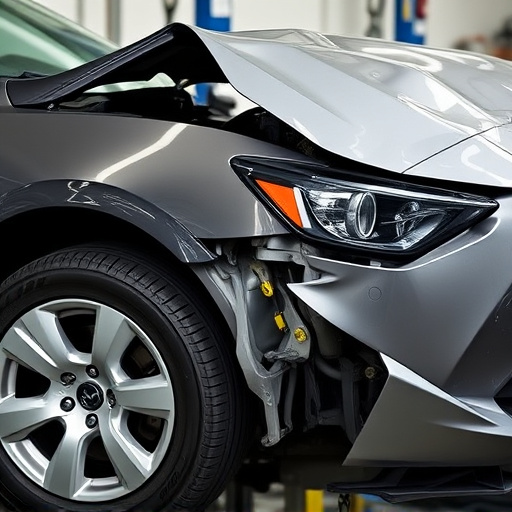
Mercedes-Benz repair standards demand uncompromising quality and precision, requiring technicians wi…….